|
Getting your Trinity Audio player ready...
|
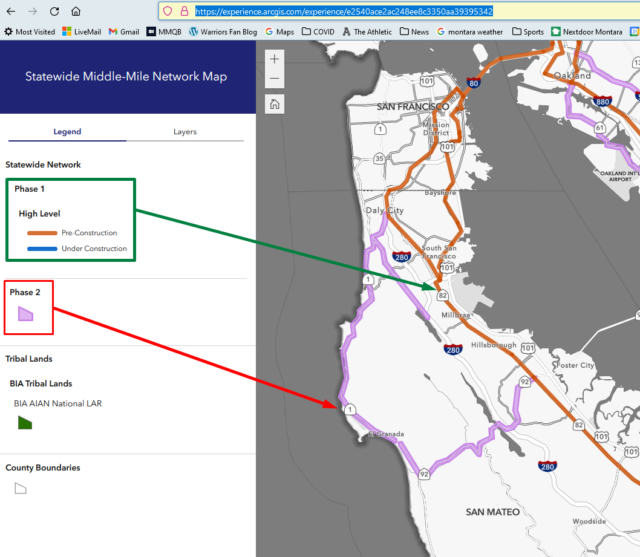
OWN VOICE. ~ InPerspective by Gregg Dieguez and Leo Gomez —
Footnotes: to use, click the bracketed number and then click your browser Back button to return to the text where you were reading.
Images: Click to enlarge for improved readability in a new window.
Leo Gomez and I have worked for months to identify the vulnerabilities in our Midcoast telecommunications infrastructure, gather support for fixing them, and organize and fund an entity here to create a Community Fiber Network. This is the right decade to pursue this, with the Federal National Telecommunications and Information Administration (NTIA) funding a nationwide effort to provide “internet for all”, which in Calif. uses Federal funds to support the Middle Mile Broadband Initiative (MMBI). We obtained and forwarded the support of all local governments and agencies (except GCSD), and the MCC has asked the County for $100K to fund a feasibility study as the first step in fuller network definition and construction. To that end, I’ve had calls with Caleb Jones, the senior Calif. MMBI case worker, and then on Aug. 4th with Marina MacLatchie of the NTIA, who offered to help after I spoke at Anna Eshoo’s press conference announcing the Federal Broadband, Equity, Accessibility and Deployment grant program (BEAD) ($42B, with $1.8B for Calif.).
During that Aug. 4th call, Marina outlined the puzzling maze of programs at the federal and state level for which we might apply, and while doing that we looked at the MMBI map for Calif…. And there I saw what you see in the screenshot at right above>>>. Calif. had changed the map, and WITHDRAWN Hwy. 1 and our Midcoast from Phase 1 of the MMBI. We were clearly included when I last looked in June. Mariana thought Calif. had changed the map the Friday prior to our call. [and of course, no one told us, because we have yet to form the legal entity we need in order to register for the program….. Which I’ve requested of the County since May 13th]. To me, it looks like they are gold-plating the areas that already have good internet in SMC, while leaving vulnerable communities Coastside cut off.
If you know how things work, “Phase 2” is UNFUNDED and might just as soon mean “NEVER”. So, I screen printed the new map and presented this problem to Assym. Berman’s staff during a zoom call on stormwater (another problem, but another article) that same afternoon. And then I emailed the staffs for Sen. Becker and Rep. Eshoo. By Thursday Aug. 10th, Eshoo, Berman, Becker and Mueller were involved and I helped edit an Eshoo letter asking Gov. Newsom to change the MMBI map back, so we would again be included. [link to letter]
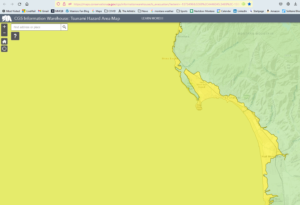
The MMBI is intended for vulnerable communities lacking the essential modern infrastructure: good internet. Which is now a requirement for First World school, work, play, health care, emergency response, and businesses. Clearly the Midcoast has its share of farm workers, mobile home residents, homeless housing, and house-rich/cash-poor seniors. But some of us have decent internet, some of the time. We were probably removed from Phase 1 because internet access exists, and because the state doesn’t have Leo’s 40+ page report documenting the lack of coverage, speed and reliability.
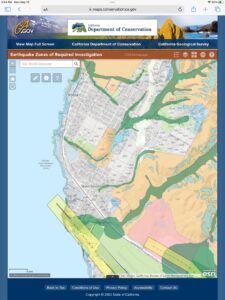
But my main argument for including us is that the Midcoast is a “leader” in vulnerability because of our suite of natural disaster hazards: tsunmai (^^map), wildfire, earthquake (2 faults), sea level rise and – recently – unmanaged stormwater & flooding. And that is the argument we all made to Gov. Newsom in this letter. And there’s an example of government working against us (State staff) and FOR us (NTIA staff, and our Electeds). Let’s hope it works. But while we’re waiting, we’re likely not eligible for the many grants with a Sept. 29th application deadline. And we (the unpaid, volunteer, staff-less MCC) don’t have the administrative capacity to do grant applications anyway, as we’re busy with the Cypress Point EIR, Caltrans projects, Off-leash dog walking, stormwater, and the ravaging of Montara Mountain. So, we need some help, and HMB may provide staff to do so, because the County, to date, has not. In the meantime, dozens of other jurisdictions have already filed their grant applications.
To add your voice to our appeal for MMBI here, click this link to >> Contact The Governor…
To try and make more progress faster, Leo, Carlo Wei of HMB staff, and I scheduled a call with EntryPoint Networks, a Utah-based consultancy which has done feasibility studies and helped other communities form local fiber networks (there are now hundreds, nationwide, including most of the Dakotas’ land area). Entrypoint also offers a ‘one-stop shop’ of consulting, network formation, and financing, which could help us get going. And as we started that call, my internet failed (just as it did again today, while writing this article), so for the rest of this article we turn to Leo (who has Musk’s Starlink AS WELL as Comcast, because he’s a working professional who can’t afford outages).
Leo reports:
Yesterday, during my chat with Entry Point Networks, I faced an unexpected drop in my Comcast connection. While I briefly toyed with the humorous idea of Comcast snooping on me, it’s clear that such surveillance wasn’t in play. Ironically, this planned outage (that was supposed to be on the following day), to “boost services,” perfectly illustrates the very reason I was engaging with EntryPoint networks.
Let’s dive into why my meeting with Entry Point Networks took place. This outfit is all about helping both small and sizable communities launch their own community-owned fiber networks. I should note that this task is a complex undertaking involving intricate designs, tricky political maneuvering, and the ever-important matter of funding. During our discussion, Entry Point Networks introduced me to their subsidiary, OAT Networks, a non-profit entity set on paving the way for connectivity in smaller communities. Through partnerships with national lenders, OAT Networks can offer loans to get community fiber networks off the ground. Then, after a five-year period, the community has the option to buy the network (or the loan 40 Year Financing Term @ 9.5% Variable Prime+ Interest Rate) if they decide it’s right for them. During these five years, the community gets to assess the economic viability, functionality, and adoption patterns of the network. Importantly, the community is under no obligation to buy the network afterward, and there are no repercussions.
As outlined in the Coastside Communication Resiliency Report, two main types of fiber networks are discussed: the passively split version used by AT&T, and the dedicated fiber network, which is the recommended route for construction. Entry Point Networks firmly advocates for the dedicated network model, with one standout feature being the ability for customers to easily switch internet providers and adjust speeds through a simple browser interface. This eliminates the need for technicians or new wiring, and it’s worth noting that one city already boasts a selection of seven internet provider options.
An integral aspect of the dedicated network is its capability to separate emergency traffic from the general internet flow, both virtually and physically. This setup ensures that emergency services remain unaffected by other users’ online activities or issues with the internet provider’s system. The potential for private, direct, redundant connections between dispatch, first responders, and emergency control centers emphasizes the dire need for such a network, a need that has been proven time and again, most recently in Maui.
To bring this transformative network to life, OAT Networks asks communities to enter into a Joint Partnership Agreement. This encompasses community engagement efforts, securing Right of Way permissions for construction, and handling any necessary permitting. On the financial front, residents subscribing to this network would see an internet bill of around $82 per month, with $50 of that going toward initial infrastructure setup and installation. The infrastructure cost can be reduced through applications for local, state, and federal grants. Acting sooner rather than later helps minimize long-term costs. Additionally, California provides subsidies for low-income individuals to help ease the burden of internet expenses.
After our meeting, I decided to take a drive to see what Comcast was up to in their “service improvement” efforts. As expected, the reality matched my assumptions. Although they were expanding network capacity and deploying more fiber, this was primarily for selling unnecessary higher speed packages for more revenue, not to address redundancy & reliability. Interestingly, there’s a fiber optic cable sitting at the base of the north end of the Tom Lantos Tunnel, but according to the Comcast/Xfinity engineer, it’s off limits for tunnel passage.
If Comcast were to link up with the Middle Mile Broadband Initiative (MMBI) Fiber, which will pass through the Tom Lantos Tunnel, their intention would only be to reduce the distance between one of their main offices in San Mateo and towns like Montara and Moss Beach. The full redundancy solution for the Coastside isn’t currently part of Comcast/Xfinity’s plan.
One way to introduce redundancy into Comcast’s network for most Coastside residents could involve extending the MMBI all the way to Half Moon Bay, rather than just through the tunnel. This would allow Comcast/Xfinity to lease fiber optic strands and funnel them to their hubs in El Granada and Half Moon Bay, which serve residents from Half Moon Bay to Moss Beach.
Achieving equity for residents all the way to Pescadero would require extending the MMBI fiber network to La Honda, Pescadero and ideally reaching the intersection of 84/35, where Comcast/Xfinity has an additional “Hub” connecting those Mountain communities.
To be clear, the motivation behind assisting Comcast/Xfinity in utilizing these publicly owned fiber lines is due to their existing vast “last mile” customer base, making it the fastest path to enhancing Coastside network resilience (though it’s important to note that this doesn’t address the lack of 72 hour power backup on their network).
[Click Here to view the EntryPoint presentation]
 More From Gregg Dieguez ~ “InPerspective”
More From Gregg Dieguez ~ “InPerspective”
 Mr. Dieguez is a native San Franciscan, longtime San Mateo County resident, and semi-retired entrepreneur who causes occasional controversy on the Coastside. He is a member of the MCC, but his opinions here are his own, and not those of the Council. He lives in Montara. He loves a productive dialog in search of shared understanding. >>
Mr. Dieguez is a native San Franciscan, longtime San Mateo County resident, and semi-retired entrepreneur who causes occasional controversy on the Coastside. He is a member of the MCC, but his opinions here are his own, and not those of the Council. He lives in Montara. He loves a productive dialog in search of shared understanding. >>
<< Leo Gomez is a Technical Solutions Consultant with 19 years of experience facilitating IT solutions using communication technology to host business events and connect client organizations. He has a lifetime fascination with wireless technologies and infrastructure. During the COVID pandemic, Mr. Gomez pursued a hobby of visiting and mapping every telecommunications link in our area, which served as the foundational research for this story and led to the creation of his interactive map.


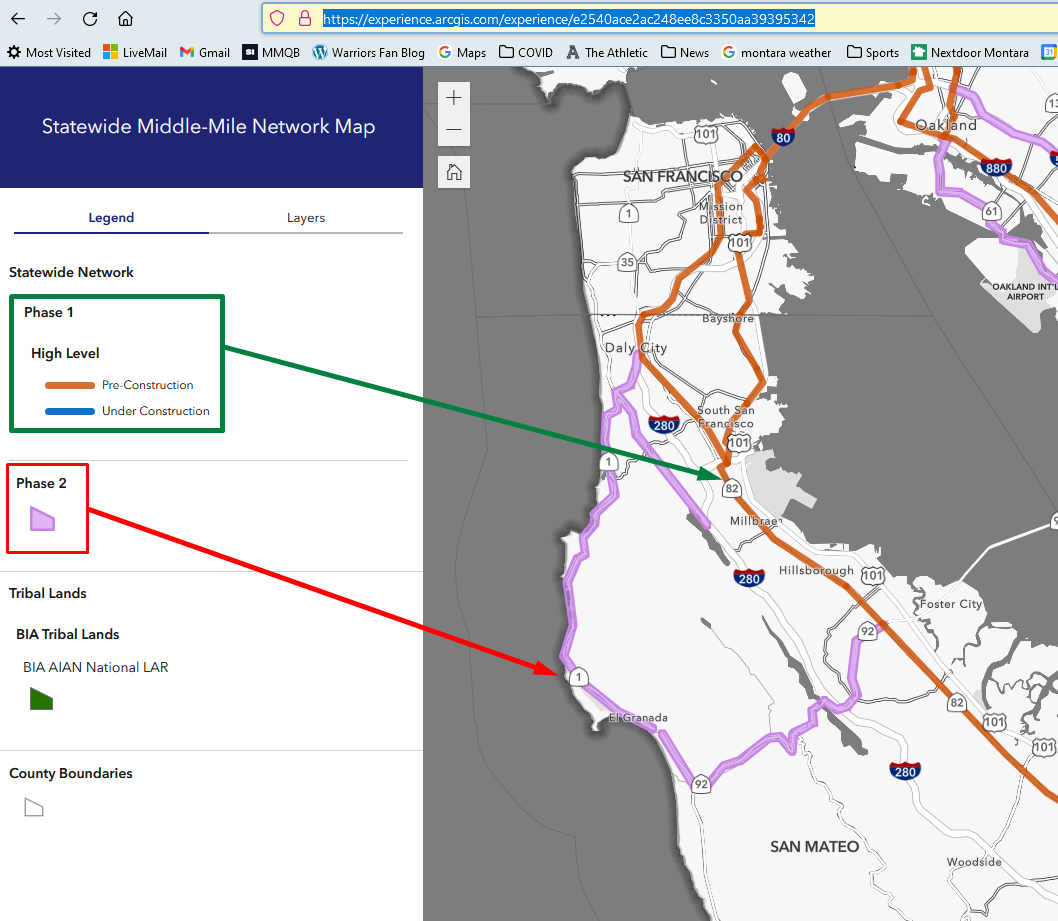
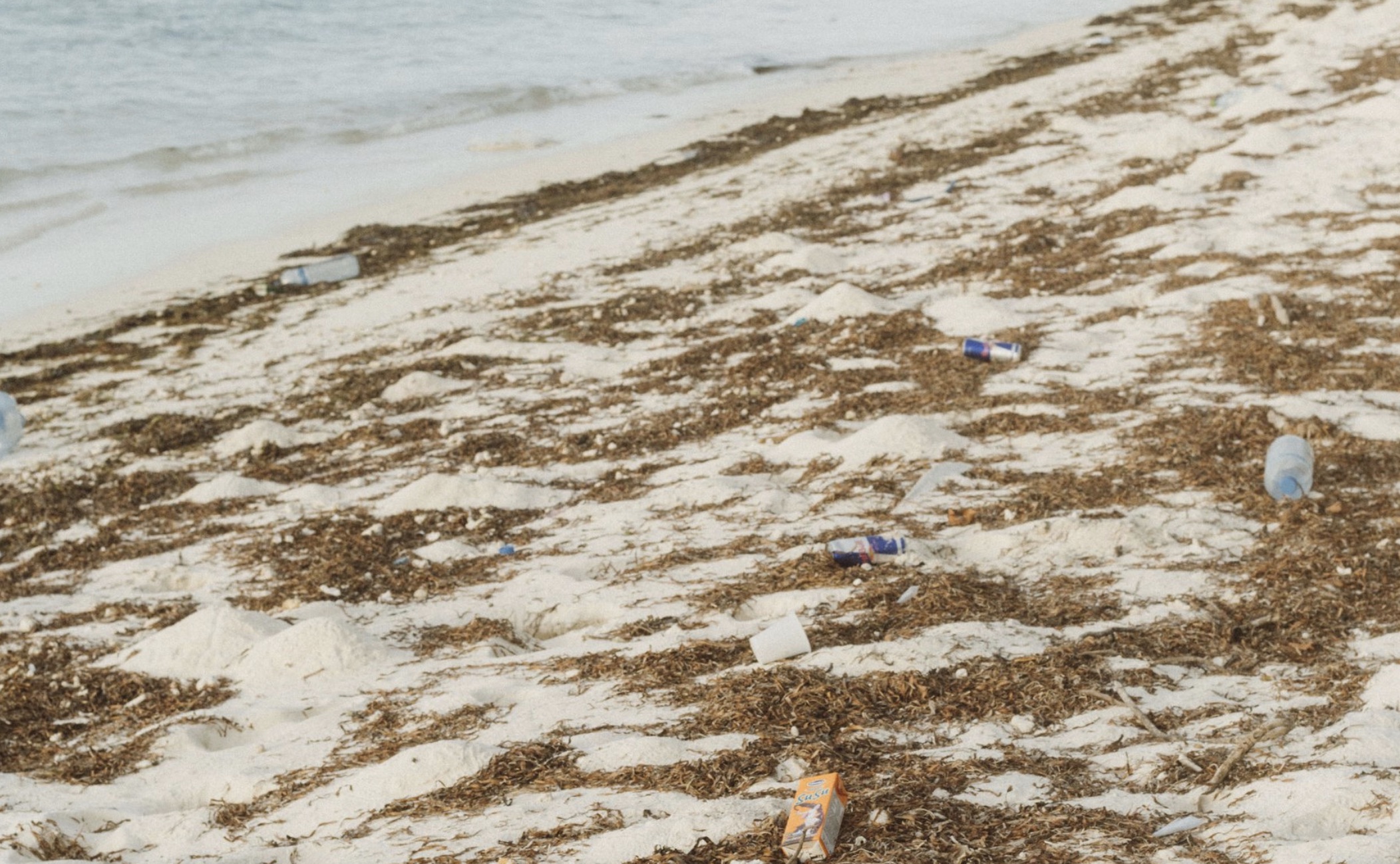

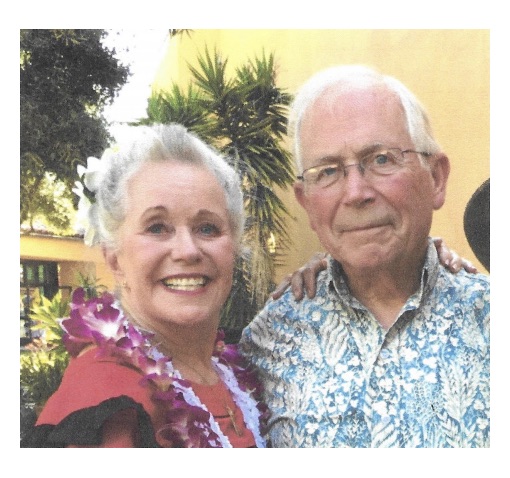
Thank you, Gregg & Leo, for the noble effort. if it matters, I’ve (& I’m sure others) never received from Comcast what I’ve been paying for all of these years. I don’t have all the facts and this is an obvious “hail Mary” – I thought at one point I read that the city of HMB, for example, has provided or “granted” Comcast the ability to deliver services, similar to the other “utilities” such as garbage collection, etc, why can the city leverage that agreement and negotiate? or alternatively a class action lawsuit for all of the coastsiders who were promised a certain speed, have been paying for it, and never received it.
Jeeze! I hope that is not true. The City contracts with Republic Services for Trash Collection and they have an extra fee (over and above the rate) which is collected from the customers and then “kicked back to the City as a “REBATE” . I know Recology does not do that!